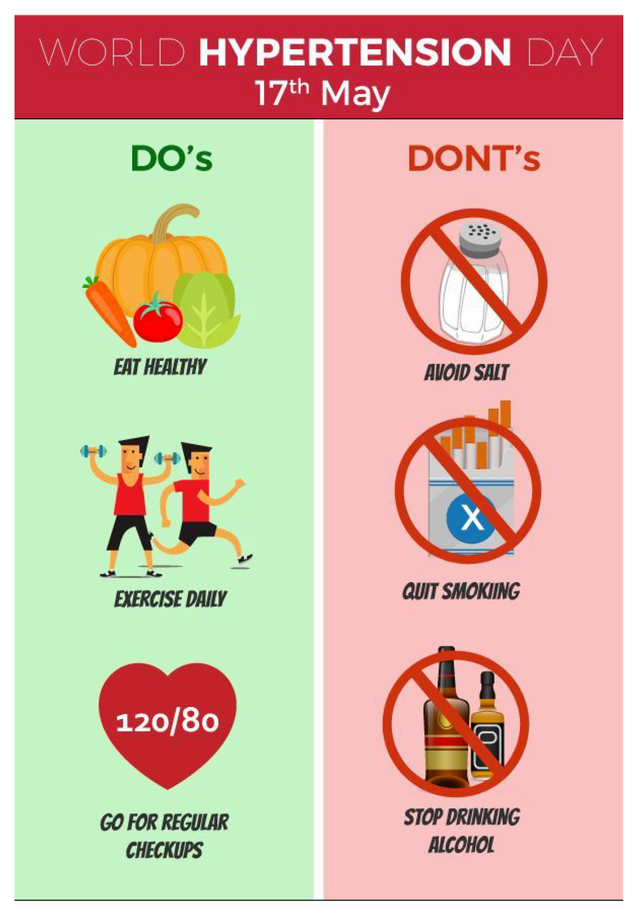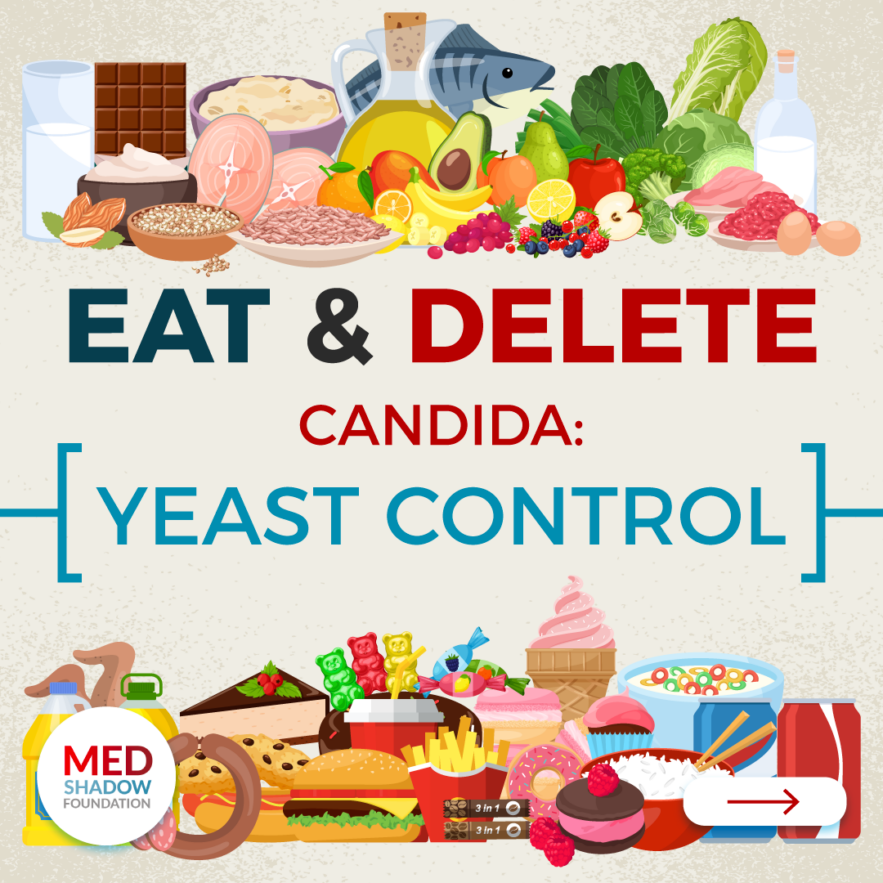Uncover the secrets to overcoming yeast infections with our 5-step remedy guide that will have you feeling better fast!
Table of Contents
Introduction: A Guide to Conquering Yeast Infections
We’re going to learn about the clever ways to make yeast infections go away, keeping in mind the importance of vaginal health and recognizing the signs, or symptoms, of candida!
Understanding Yeast Infections: Know Your Enemy
Before we can fight back, we need to know what yeast infections are and how they can make you feel icky with different symptoms.
What Are Yeast Infections?
Yeast infections are sneaky little fungi that like to hang out in warm, moist places like your belly button, mouth, and even your private area. They are quite common and don’t need an invitation to start causing trouble. Sometimes, certain things like taking antibiotics, being super clean down there, or even wearing tight undies can create the perfect playground for these fungi to party, leading to itching and burning feelings. That’s when you know they’ve overstayed their welcome!
Yucky Symptoms to Look Out For
When yeast infections crash the party, they bring along a few friends that are no fun to have around. You might notice things like intense itching and burning, redness, and a white, lumpy discharge that looks like cottage cheese (eww, right?). These are candida symptoms, and they are signs that a yeast infection is hanging out and ruining your day. But don’t worry – we’ve got ways to kick them out!
Step 1: Visit Your Friendly Doctor
The first big step in kicking a yeast infection to the curb is talking to a doctor to make sure we’re using the right treatment. Your doctor is like a super knowledgeable friend who can help you figure out what’s going on and what you need to do to feel better.

Image courtesy of www.ishambroadwaypharmacy.com via Google Images
Step 2: Medicines to the Rescue
When it comes to kicking yeast infections to the curb, medicines play a crucial role in fighting off those pesky fungi. These powerful medicines are like tiny heroes that work hard to clear up infections and help you feel better in no time.
Antifungal Medications: Your Tiny Heroes
Antifungal medications are the go-to treatment prescribed by doctors to combat yeast infections effectively. These medicines are specially designed to target and eliminate the yeast causing all the discomfort. By following your doctor’s instructions on how to use these medications, you’re on your way to saying goodbye to that icky feeling.
Over-the-Counter Options: When to Use Them
Sometimes, you might not need a prescription to tackle a yeast infection. Over-the-counter treatments are available at your local store and can provide relief for milder cases under the guidance of a healthcare professional. Just remember, it’s essential to consult with your doctor before trying any over-the-counter options to ensure you’re using the right treatment for your specific situation.
Step 3: Natural Relievers
Let’s talk about how you can naturally help your body fight off yeast infections with the power of probiotics! These tiny organisms, also known as “good bacteria,” can be found in certain foods and supplements, and they play a vital role in keeping your gut and vaginal health in tip-top shape.

Image courtesy of medshadow.org via Google Images
Probiotics: Your Belly’s Little Defenders
Have you ever heard of probiotics? They are like your belly’s little army, working hard to keep everything in balance. These helpful bacteria can be found in foods like yogurt, kefir, sauerkraut, and kimchi. When you eat these foods, you’re giving your body a boost of good bacteria that can help fight off the bad guys causing yeast infections.
Probiotics work by maintaining a healthy balance of bacteria in your gut and vagina, which can help prevent yeast overgrowth. They can also help strengthen your immune system, making it easier for your body to fend off infections.
So next time you’re at the grocery store, why not pick up some yogurt or fermented foods to give your body a natural boost against yeast infections?
Step 4: Keeping It at Bay: Prevention Tips
When it comes to preventing yeast infections, what you wear makes a big difference. Opt for comfy cotton underwear and loose-fitting clothing. These fabrics allow your skin to breathe, keeping it dry and less likely to develop an overgrowth of yeast.
Be Clean, But Not Too Much!
While staying clean is essential for good hygiene, washing too often or using harsh soaps can disrupt the natural balance of bacteria in your vaginal area. Stick to gentle, unscented soaps and avoid douching, as it can lead to an increased risk of yeast infections. Remember, your body has its way of cleaning itself, so trust it to do its job!
| Step | Description |
|---|---|
| Step 1 | Limit sugar and refined carbohydrates in your diet |
| Step 2 | Take probiotics to restore good bacteria in your gut |
| Step 3 | Use antifungal herbs like garlic and oregano |
| Step 4 | Avoid using antibiotics unnecessarily |
| Step 5 | Keep your immune system strong with regular exercise and a healthy diet |
Step 5: When to Shout for Help
Yeast infections can be pesky little troublemakers, but most of the time, they clear up with the right treatments and a bit of patience. However, there are times when these infections can be stubborn, causing discomfort that just won’t go away. In situations like these, it’s essential to know when to shout for help from health experts. Here’s when it’s totally okay to reach out for that extra assistance:

Image courtesy of richmondfunctionalmedicine.com via Google Images
1. Persistent Symptoms:
If you’ve been diligently following your treatment plan but the symptoms of the yeast infection just aren’t going away or seem to be getting worse, it’s time to seek help. Your doctor can assess the situation and recommend a different course of action to help you kick that persistent infection to the curb.
2. Unusual Symptoms:
While yeast infections often come with typical symptoms like itching, burning, and unusual discharge, if you start experiencing new or different symptoms that are concerning or alarming, don’t hesitate to consult with a healthcare provider. They can determine if there are any underlying issues that need attention.
3. Recurring Infections:
If you find yourself dealing with frequent yeast infections that keep coming back despite following prevention tips and treatment plans, it’s time to seek medical advice. Recurrent infections might indicate an underlying problem that needs to be addressed to break the cycle.
Remember, it’s important to listen to your body and recognize when it’s telling you that a yeast infection is more than you can handle on your own. Seeking help when needed ensures that you get the proper care and support to beat those stubborn infections for good.
Things To Do: Jedi Tricks for Vaginal Health
When it comes to keeping your lady parts in tip-top shape, there are some fantastic things you can do:
1. Stay hydrated by drinking plenty of water every day. Hydration helps your body flush out toxins and keep everything running smoothly.
2. Get moving with regular exercise to boost your overall health, including your vaginal health. It doesn’t have to be anything crazy – just a daily walk or some dancing in your room can make a big difference.
3. Eat a balanced diet full of fruits, veggies, and whole grains to give your body the nutrients it needs to fight off infections like yeast. Remember, good food equals good health!
4. Wear cotton underwear that allows your skin to breathe. Avoid tight, synthetic fabrics that trap moisture and create the perfect environment for yeast to thrive.
5. Practice good hygiene by washing your vulva with mild soap and water daily. Remember, your vagina is self-cleaning, so you only need to clean the outside parts.
Not-To-Do List: Avoid These Sith Mistakes
While there are many things you can do to promote vaginal health, there are also some actions you should steer clear of:
1. Say no to douching! Your vagina doesn’t need any extra help to stay clean, and douching can actually disrupt the delicate balance of good bacteria, leading to infections.
2. Avoid using scented soaps, body washes, or perfumes on your genital area. These products can irritate your skin and throw off your natural pH levels, paving the way for yeast infections.
3. Steer clear of tight clothing, especially leggings or pantyhose, for long periods. These garments can trap heat and moisture, creating a cozy environment for yeast to grow.
4. Skip the sugary treats and limit your intake of refined carbohydrates. Yeast loves sugar, so cutting back on sweets and processed foods can help keep those unwelcome guests at bay.
5. Don’t ignore the signs of a yeast infection. If you suspect you have one, don’t wait around hoping it will go away on its own. Talk to a grown-up and get the help you need to tackle it head-on.
You’re Ready to Beat Yeast!
After exploring all the ins and outs of yeast infections and arming yourself with knowledge, you’re now equipped to tackle this pesky problem head-on. By understanding the symptoms of candida, seeking the right yeast infection treatment, like antifungal medication, and incorporating probiotics for yeast into your routine, you’ve set the stage for success in conquering yeast infections.
Don’t forget, your body is resilient, and with the right tools and strategies, you can maintain optimal vaginal health and keep yeast infections at bay. By following the dos and don’ts provided in this guide, you’ll be well on your way to a happy, healthy you.
FAQs: Questions Smart Kids Ask
Why did I get a yeast infection?
Yeast infections can happen for a few reasons, buddy! Sometimes wearing wet swimsuits for too long can create a cozy environment for yeast to grow. Taking certain medications, like antibiotics, can also throw off the balance of good and bad bacteria in your body, making it easier for yeast to take over. It’s essential to stay dry and wear clean, breathable clothes to help prevent those pesky infections!
Can I still play with my friends or go to school?
Absolutely! Having a yeast infection doesn’t mean you can’t have fun with your pals or go to school. Just make sure to follow your doctor’s advice on treatment and maybe skip swimming until you’re feeling better. Keeping clean and wearing loose, comfy clothes can help you feel more comfortable while your body fights off the infection.
How do I use medications the right way?
Great question! When it comes to using medications to treat yeast infections, always follow the instructions given by your doctor or on the package. If it says to take the medicine for a certain number of days, make sure to finish the whole course, even if you start feeling better. Using the medication correctly ensures that you get rid of all the yeast and prevent the infection from coming back!





